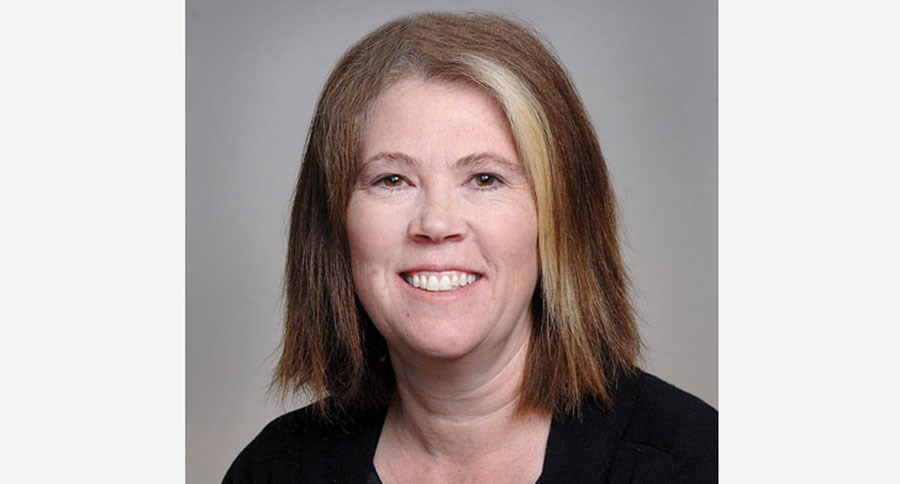The American electoral system has a lot of unique features and I will use a number of columns this year to explain what is going on at each stage of the process. The U.S. has two distinct procedures for nominating a presidential candidate for the two main political parties: state caucuses and state primaries.
Both processes are used in order to determine how delegates will vote at the national conventions of their respective political parties.
In other words, each state holds primaries or caucuses (and some combine the two) in which they make their preferences for a presidential nominee known.
Delegates are then selected to represent these views at the county, state and national conventions. A nominee must receive a majority of the delegate votes at the national convention in order to win the nomination.
Because the two systems are so complicated, I think this week I will focus strictly on the caucuses.
The first caucus will take place in Iowa on Feb. 1. Iowa has traditionally been the first state to vote in what is called "primary season." New Hampshire will go next on Feb. 9 but they will hold a primary.
If you think back to high school social studies, you might recall a textbook entry about town hall democracy.
The idea is that people in a local community gather together in a hall or school to discuss issues of local or national interest.
The caucus system is just like that.
It is, at a certain level, a highly democratic and a generally open process for selecting a nominee (or nominees) that delegates will support in a national convention. Caucuses allow for public support and short speeches in favour of particular candidates in the presence of friends and neighbours. Caucuses are generally run and paid for by each political party.
Since there are different ways that caucuses are run, I will look at the Iowa caucuses specifically to demonstrate the variances among procedures.
In the case of the Republicans, the evening unfolds with the first order of priority being to choose a nominee.
The Republican Iowa Party website says: "At 7 p.m., each precinct will be called to order... After a permanent chair and secretary are elected by the body, business can begin. Since 2016 is a presidential election year, the first item of business will be to conduct a presidential preference poll. After the results are tabulated and announced, other state and county party business will proceed..."
In this case, the poll is done by a ballot and delegates are awarded proportionately based on the statewide vote.
Other party business includes choosing delegates to attend county-wide conventions before national delegates are selected.
In the case of the Democrats, the evening unfolds a little differently because the process is more open.
Here is the way the party explains what happens during their caucus:
"After signing in, the precinct chair for your caucus will welcome everyone to caucus night, and explain the caucus rules. The first item on the agenda will be forming presidential preference groups: aka, aligning with the presidential candidate you most prefer.
"During this time, you will have the ability to stand with your neighbors in support of your preferred candidate, or to declare yourself as uncommitted. This is as simple as walking toward the corner of the room that's been reserved for your candidate. If your group is too small to be 'viable,' a threshold set at the beginning of the night, you will be asked to realign - a process during which you can join another group or acquire people into your own group to become 'viable.'
"After all groups are viable (meaning each group has enough members to be eligible to elect at least one delegate to the county convention), your group will elect your county convention delegates from its members."
So, in the case of the Democratic Iowa caucus, the voting is very public and individuals make their preference known by "moving into the corner" of the candidate they support.
As noted by most observers, caucus participants understand that the process can take time and therefore participation is generally limited to those who are political active.
The caucus processes, as you can see from the descriptions, can vary and I have probably missed some of the important nuances but this is a general outline of the American caucus system.



